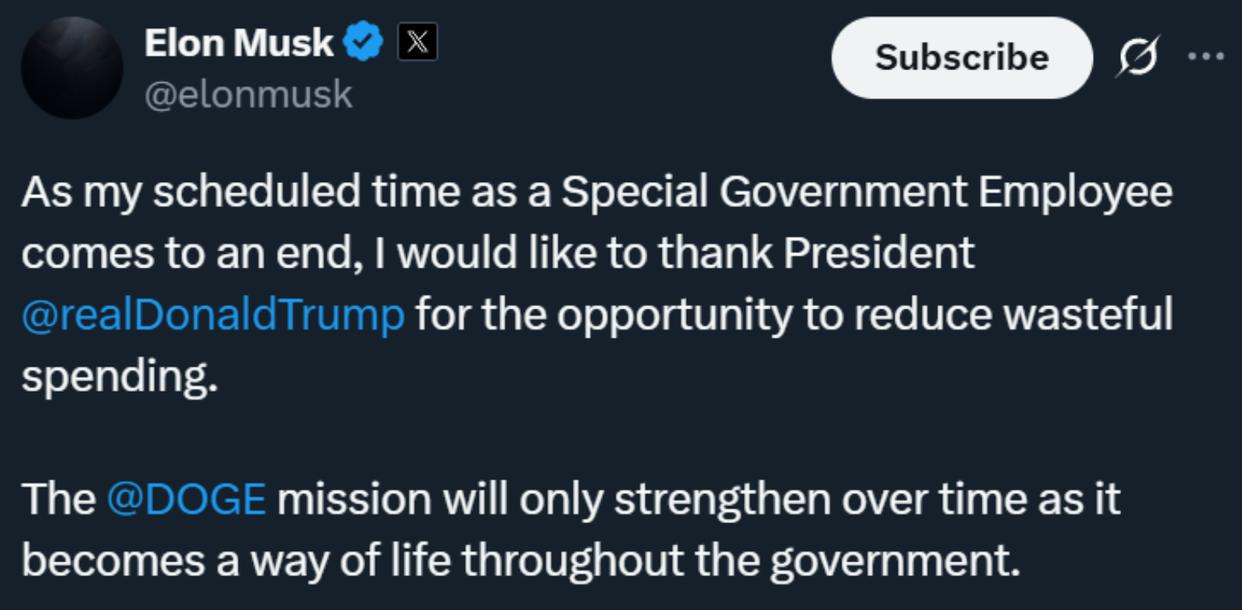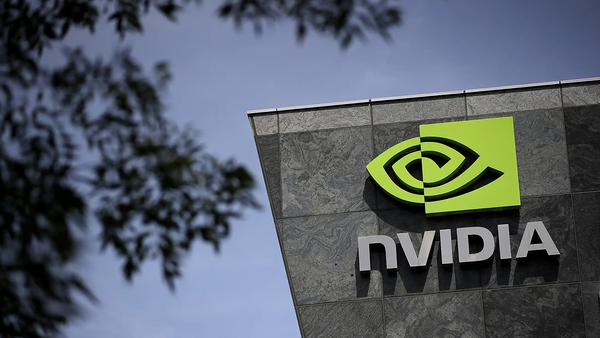
Trump’s first-term achievements were made in the context of historically low interest rates and a generally benign geopolitical environment. Two regional wars, growing competition with China, a sluggish global economy, and disruptive technologies such as artificial intelligence will all place new demands on Trump’s leadership today.
Trump’s landslide victory in the presidential election should have surprised no one. The 45th President of the United States became the 47th President of the United States, riding on the unprecedentedly strong anti-incumbency wave that swept the world in 2024 and devastated nearly all ruling parties in the election. In fact, Vice President Harris performed the best of all the incumbent leaders of wealthy countries facing elections this year. This is due to her methodical campaign, Trump’s unpopular candidacy, and the United States’ world-leading economic strength.
However, all this was not enough to turn the tide. The extremely polarized information environment that split the United States into two partisan echo chambers, caused by the global post-pandemic inflation surge, caused widespread voter dissatisfaction due to rising immigration levels, and made it almost impossible for the Harris campaign team to effectively deal with these unfavorable factors. No party has ever managed to keep the White House with an incumbent president whose approval ratings are so low and so many Americans believe the country is on the wrong track. Harris’s defeat on election night was predictable.
Trump became the first Republican to win the popular vote in 20 years, gaining support among nearly every demographic group in nearly every district. He will come into office with not only a strong popular mandate, but also control of both houses of Congress and a conservative majority on the Supreme Court. This will give the incoming administration a free hand to enact Trump’s sweeping domestic policy agenda, completely remaking the federal government and rewriting institutional norms with few independent checks and balances. But if Trump’s return will have a profound impact on the United States, the impact on the rest of the world may be even greater.
Many expect Trump’s second term in office to be a replica of his first, which saw no major wars other than the gradual end of America’s longest war in Afghanistan. He even has some notable foreign policy achievements, including reinvigorating NAFTA, brokering the Abraham Accords, achieving fairer cost-sharing among NATO members, and building new, stronger security alliances in Asia. To be sure, Trump himself remains the same person he was four years ago, with all his good and bad sides. Trump’s worldview also remains the same, with his aggressive unilateralism and transactional “America First” foreign policy approach.
But other things have changed. First, while the president-elect himself remains uninterested in matters of governance, his second administration will be filled with experienced, senior officials who are more ideologically aligned with him and who are ready to implement his “America First” agenda from the start. Gone are the establishment career officials who often curbed the president’s most destructive impulses, as well as the inexperienced loyalists who later replaced them. Trump’s foreign policy advisers in his second term will be more loyal than at the start of his first term, and more experienced than at its end.
Things are more likely to go the other way
Most importantly, the world has become a more dangerous place since his last presidency. Trump’s first-term achievements were made in the context of historically low interest rates and a generally benign geopolitical environment. Two regional wars, growing competition with China, the threat of serious disruption from emboldened rogue states like Russia, Iran, and North Korea, a sluggish global economy, and disruptive technologies like artificial intelligence will all place new demands on Trump’s leadership.
The stakes are higher now than in 2016, the implications of an elusive “America First” foreign policy are more far-reaching, and the likelihood of more extreme outcomes is higher. While Trump will still score some foreign policy wins with his transactional approach and the influence he wields as president of the world’s most powerful country, the likelihood that things will go the other way is also much greater in the current environment.
The best example of this is China. Trump will take a tougher stance on China after the Biden administration manages to stabilize relations between the two countries. First, he will significantly increase tariffs on Chinese imports to address the bilateral trade deficit. China faces serious economic problems and will proceed cautiously to avoid an unnecessary crisis. Depending on the strength of Trump’s tariffs and whether China sees room for negotiation rather than retaliatory measures, escalation could lead to a breakthrough for both sides. But it is more likely that the confrontational approach supported by Trump’s hawkish administration and Republican members of Congress will lead to a sharp deterioration in relations and a new Cold War, ultimately increasing the risk of direct military confrontation.
In the Middle East, Trump will try to expand his signature Abraham Accords to include Saudi Arabia, while giving Israel a blank check to decide how to conduct the war without any pressure on the humanitarian costs or escalation risks of its actions. Most worryingly, Trump will support, and even actively encourage, an emboldened Israeli Prime Minister Benjamin Netanyahu to make a decision to resolve the Iranian nuclear threat once and for all. This could trigger a wider conflict and severe energy disruptions.
In contrast, Trump has vowed to end the war in Ukraine “in one day,” perhaps even before he takes office. He will unilaterally pressure Ukrainian President Volodymyr Zelensky and Russian President Vladimir Putin to accept a ceasefire along the current front and use military aid to Kyiv as leverage to pressure both sides. Whether they will accept these conditions is still unknown.
How Europe responds will be crucial. Countries on the NATO front line, namely Poland, the Baltic states, and the Nordic countries, view Ukraine’s defense as a matter of life and death for their own national security and are willing to bear the huge costs of protecting Ukraine if the United States withdraws. Other countries may welcome a ceasefire agreement between Russia and Ukraine, whether for ideological reasons (such as Hungary), political reasons (such as Italy), or financial reasons (such as Germany). A second Trump term could be the event that forces Europe to finally unite and inspires the EU to adopt a stronger, more unified and “strategically autonomous” security response. Or it could exacerbate existing divisions within Europe, severely weaken the transatlantic alliance, and invite further Russian aggression.
Trump’s return at a time of increasing geopolitical turmoil will usher in a period of increased global turmoil and uncertainty. Trump 2.0 is more likely to bring both catastrophic collapse and incredible breakthroughs, which portends a more severe and profound geopolitical recession.
The author, Ian Bremmer, is an American political scientist and founder and president of the Eurasia Group, a political risk research and consulting firm.










